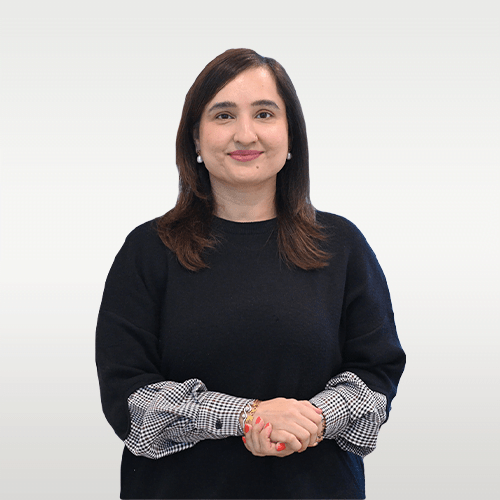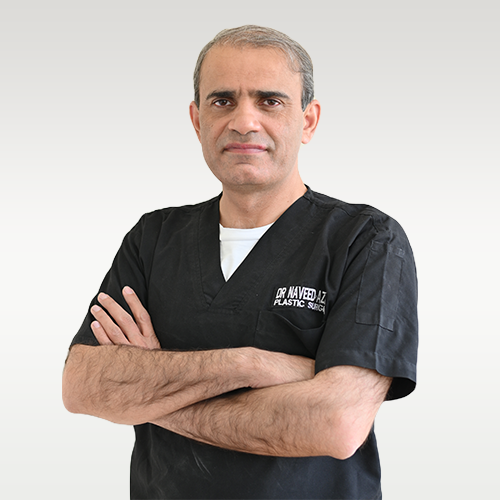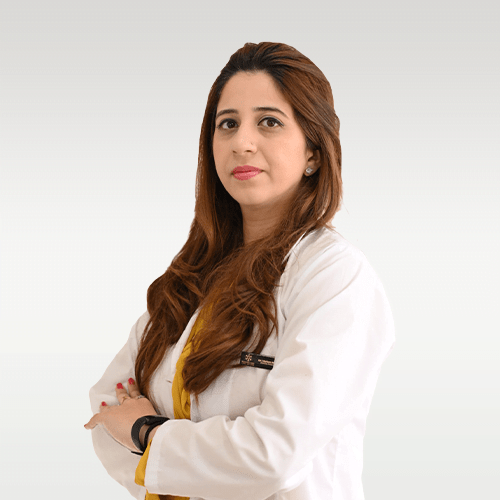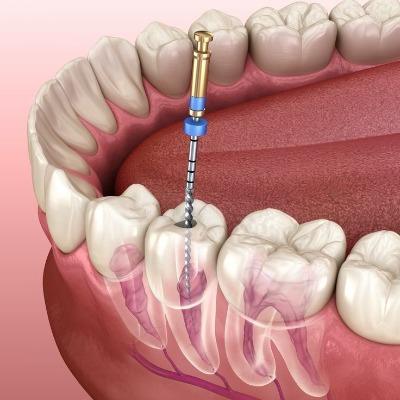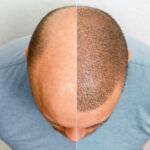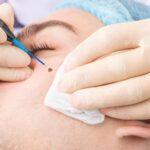
Have you noticed your tooth feeling longer than before or increased sensitivity at the same time as brushing? You may be experiencing root decay, a not-unusual dental difficulty that requires immediate attention to save you from long-term oral health issues. In Islamabad, improvements in dental treatments have made handling root decay easier, more powerful, and on hand. But what precisely is root depreciation, and why should you be involved?
What is Root Depreciation?
Root depreciation, often known as root resorption, is a process wherein the shape of the tooth root evolves to break down or wear away. If left untreated, this trouble can cause tooth instability, discomfort, and eventually tooth loss.
Root resorption can be either inner (beginning from the inside of the teeth) or outer (affecting the outer root surface). The reasons vary, including trauma, infection, orthodontic treatments, or prolonged gum ailment.
Signs and Symptoms of Root Decay?
- Increased teeth sensitivity
- Receding gums exposing the basis
- Loosened enamel
- Pain or discomfort while biting
- Red or swollen gums
- Visible modifications in tooth length or alignment
These signs and symptoms can seem regular, so early detection via normal dental checkups is fundamental.
Causes of Root Depreciation:
Understanding the cause is essential for creating an effective treatment plan. Common factors include
- Dental trauma: Accidents or injuries negatively affect the enamel and surrounding tissues.
- Orthodontic treatments: Prolonged strain from braces or aligners can result in root resorption.
- Chronic Inflammation or Infection: Such as untreated cavities or periodontal disease.
- Teeth grinding (bruxism): Excessive pressure can damage the root surface.
- Genetics: Some humans can be predisposed to root deterioration.
Diagnosis and Evaluation:
Your dentist, like Dr. Usama Hayat Ghauri at Enfield Royal Clinic Islamabad, will begin with an intensive oral examination and take X-rays or CBCT scans to determine the extent of the circumstance. Identifying whether it is internal or outside resorption is vital to selecting the ideal treatment path.
Long-Term Care After Root Depreciation Treatment:
After undergoing root depreciation, it’s essential to observe a strict aftercare regimen. Patients must avoid aggressive brushing, use a tender-bristled toothbrush, and follow their dentist’s recommendations for follow-up care. Avoiding tobacco use and preserving a healthful weight loss program rich in nutrients C and D support gum recovery and bone renovation. Long-term renovation ensures tough outcomes and decreases the chances of recurrence.
Treatment Options for Root Depreciation:
Depending on the severity, root depreciation may be dealt with through the use of numerous techniques:
- Fluoride Treatment: Helps to bolster the enamel and protect the foundation.
- Gum Grafting: Used when the gums have receded and left roots uncovered.
- Root Canal Therapy: Recommended for internal resorption or if the pulp is damaged.
- Surgical Treatment: For intense external resorption, surgical intervention might be vital.
- Tooth Extraction: In severe cases, the tooth cannot be saved.
- Restorative Procedures: Such as dental crowns or implants, are used after the treatment to ensure characteristics and aesthetics.
Prevention Tips:
- Brush and floss each day to prevent gum disease
- Use a gentle-bristle toothbrush and avoid competitive brushing
- Wear a mouth guard if you grind your teeth
- Maintain everyday dental checkups
- Follow your orthodontist’s aftercare instructions strictly
The Role of Dental Hygiene in Preventing Root Depreciation:
Preventive care plays a prominent role in fending off root decay. Maintaining proper oral hygiene, which includes brushing twice a day with fluoride toothpaste, flossing frequently, and using mouthwash, can substantially decrease the danger of gum disease and subsequent root exposure. Regular dental cleanings and checkups. Also, allow early detection of gum recession, making it more straightforward to treat earlier than it worsens.
The Cost of Root Depreciation Treatment in Islamabad:
The price of treating root depreciation in Islamabad commonly depending on the complexity and treatment plan.
Treatment costs can range based on:
- The severity and region of the depreciation
- Type of treatment (surgical vs. Non-surgical)
- Materials utilized in recovery
- Expertise and recognition of the dental professional
- Technology and tools used in the clinic
Book Your Consultation Now!
Don’t let root depreciation use you to borrow your smile or your confidence. Get professional recommendations and treatments from our expert dentist, Dr. Usama Hayat Ghauri, at Enfield Royal Clinic, Islamabad. With superior equipment, a patient-centered method, and years of experience, your dental health is in precise hands.
Take the first step toward restoring your smile by booking your consultation today. Enjoy top-rate dental care!
FAQs!
Q: Can root depreciation be reversed?
A: It depends on the stage. Early ranges may be controlled and prevented from worsening, and severe cases may require restorative strategies.
Q: How long does the treatment take?
A: Basic treatments can also be done in one visit, while surgical or restorative solutions require several appointments.
Q: Can I save you from root depreciation?
A: Yes, by retaining suitable oral hygiene and regular dental visits.
Q: Is root canal therapy constantly required?
A: No, only if inner resorption influences the pulp of the teeth.
Q: Will my coverage cover the treatment?
A: It depends on your provider and plan. Always consult your insurance company ahead of time.
Q: Can youngsters get root resorption?
A: Yes, in particular if they suffer dental trauma or require orthodontic treatment.
Q: Is extraction the most effective answer for excessive instances?
A: Not continually. Some teeth may be saved with superior surgical approaches.
Q: How do I realize if I want a treatment?
A: Only a dentist can diagnose root decay through imaging and a physical examination.
Q: Can I eat normally after treatment?
A: Yes, as soon as recovery is complete. You can also want to follow a tender food plan straight after specific processes.

